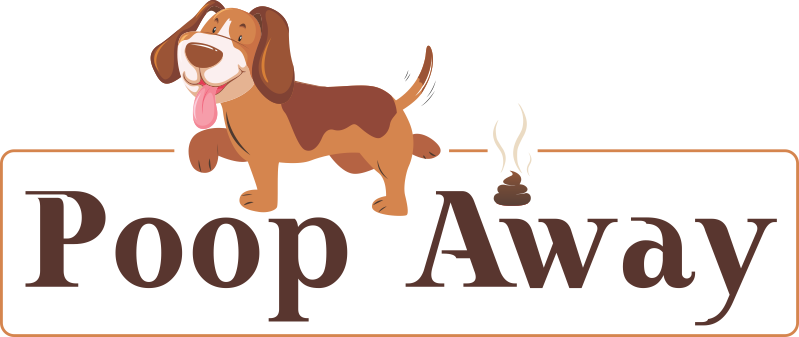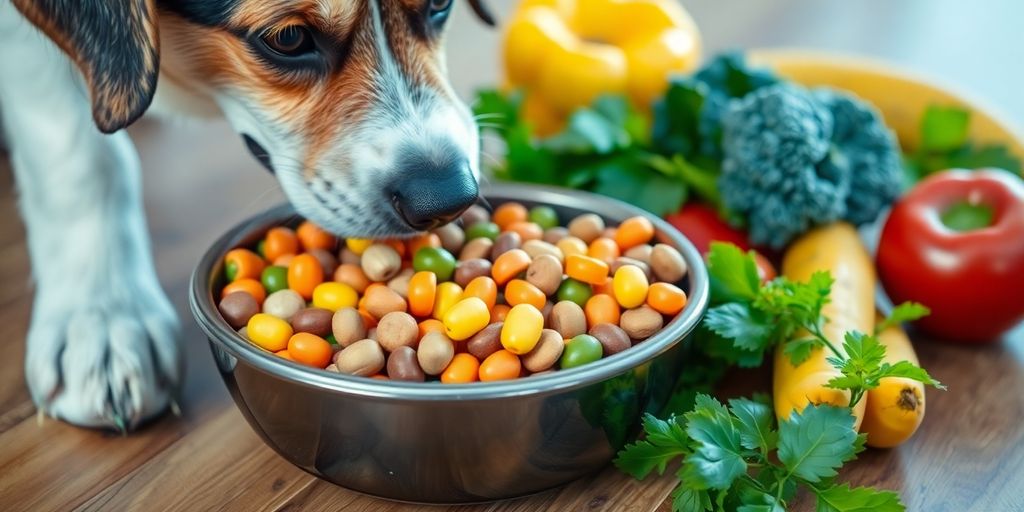Understanding how dogs digest food can help you take better care of your furry friend. Their digestive system is unique and has some surprising features. Here are some interesting facts about dog digestion that might surprise you!
Key Takeaways
-
Dogs can experience heartburn just like humans do.
-
Unlike humans, dogs can only chew up and down, not side to side.
-
Dogs’ stomachs can expand significantly, allowing them to eat large amounts of food at once.
-
Dogs can digest carbohydrates, so grain-free diets aren’t always necessary.
-
Cholesterol doesn’t affect dogs’ health the same way it does for humans.
101. Surprising Facts About Dog Digestion

Dogs Get Heartburn Too: Yes, Really!
Just like us, dogs can experience heartburn! When they eat, their stomachs produce acids that can sometimes lead to discomfort. If your pup seems a bit off after a meal, it might be worth checking in with your vet. Remember, dogs and humans can both benefit from antacids, but always consult a professional before giving your dog any medication.
Why Dogs Can’t Chew Side to Side
Did you know that dogs can only move their jaws up and down? Unlike humans, who can chew side to side, this means dogs are designed to rip and tear their food rather than grind it. This jaw movement is perfect for their natural diet, which often includes meat and bones.
The Amazing Stomach Expansion of Dogs
A dog’s stomach can expand to hold a surprising amount of food! This trait comes from their ancestors, who had to feast when food was available. Here’s a fun fact: a dog’s stomach can hold up to four times its normal size! This is why it’s crucial to monitor how much your dog eats to prevent overeating and potential health issues.
Fun Fact: Dogs have a digestive tract that is about six times their body length, which helps them process food efficiently!
The Anatomy of a Dog’s Digestive System

From Bowl to Butt: The Full Journey
The journey of food in a dog starts at the mouth, where they use their teeth to rip and tear food. Unlike humans, dogs can only move their jaws up and down, which means they can’t chew side to side. After the food is swallowed, it travels down the esophagus to the stomach. Here, the food is mixed with strong acids that help break it down. The small intestine then absorbs nutrients through tiny finger-like structures called villi. This is where the magic happens!
Why Dogs Have Fewer Taste Buds
Did you know that dogs have only about 1,700 taste buds compared to humans’ 9,000? This means that while they might not savor their food like we do, they rely heavily on their sense of smell. In fact, dogs have up to 300 million olfactory receptors in their noses, making their sense of smell 40 times better than ours!
The Role of Saliva in Digestion
Unlike humans, dogs don’t have enzymes in their saliva to break down food. Instead, their saliva mainly helps to moisten the food, making it easier to swallow. This is why you might see your dog drooling when they’re excited about a meal!
Understanding your dog’s digestive system can help you make better choices for their health and well-being.
|
Digestive Component |
Function |
|---|---|
|
Mouth |
Chewing and tearing food |
|
Stomach |
Mixing food with acids |
|
Small Intestine |
Absorbing nutrients |
|
Large Intestine |
Water absorption and waste formation |
In summary, a dog’s digestive system is designed to efficiently process proteins and fats, thanks to its short digestive tract. This unique anatomy allows dogs to thrive on a diet that is rich in meat, just like their wild ancestors!
Common Digestive Issues in Dogs
Diarrhea: More Common Than You Think
Diarrhea is a frequent issue for dogs and can be caused by various factors. It’s not just a minor inconvenience! Here are some common causes:
-
Dietary changes
-
Eating something they shouldn’t
-
Stress or anxiety
If your dog has diarrhea, keep an eye on them. If it lasts more than a day or is accompanied by other symptoms, it might be time to call the vet.
The Dangers of Eating Feces
Yes, you read that right! Dogs sometimes eat poop, which can lead to serious dog stomach problems. This behavior, known as coprophagia, can expose them to harmful bacteria and parasites. Here’s what to watch for:
-
Vomiting
-
Diarrhea
-
Loss of appetite
When to Call the Vet for Digestive Problems
Knowing when to seek help is crucial. If your dog shows any of these signs, it’s time to consult a vet:
-
Persistent vomiting
-
Severe diarrhea lasting more than 24 hours
-
Signs of pain or discomfort
Remember, a healthy digestive system is key to your dog’s overall well-being. Keeping an eye on their habits can help catch issues early!
Fun Facts About Dog Digestion
Dogs Can Digest Carbs: Surprising, Right?
Did you know that most dogs can digest carbohydrates? While they originally thrived on a meat-based diet, dogs have adapted over time. This means they can now absorb nutrients from plants too! So, if your pup enjoys a bit of rice or sweet potato, it’s perfectly fine!
Cholesterol: Not a Concern for Dogs
Unlike humans, cholesterol levels aren’t something to worry about for dogs. They don’t have the same health risks associated with high cholesterol. So, you can relax when it comes to your furry friend’s diet!
The Incredible Speed of Food Movement
Food travels through a dog’s digestive system three times faster than in humans! On average, it takes about 6 to 8 hours for food to pass through a dog’s system, while it can take humans 20 to 30 hours. This speedy process is one reason why dogs can eat and be ready for their next meal in no time!
|
Digestive Process |
Dogs |
Humans |
|---|---|---|
|
Time to Digest Food |
6-8 hours |
20-30 hours |
|
Taste Buds |
1,700 |
9,000 |
|
Stomach Acidity |
Higher |
Lower |
Understanding your dog’s digestion can help you make better food choices for them. A happy tummy means a happy pup!
Wrapping Up the Canine Digestive Adventure
So there you have it, folks! Dogs have some pretty wild and unique ways of digesting their food. From their super acidic stomachs to their speedy intestines, our furry friends are built for a feast! Remember, a happy tummy means a happy pup, so keep an eye on what they eat and how they feel. And hey, if your dog starts acting like a food critic, just know they might be channeling their inner gourmet! Keep those tails wagging and those bellies full!



